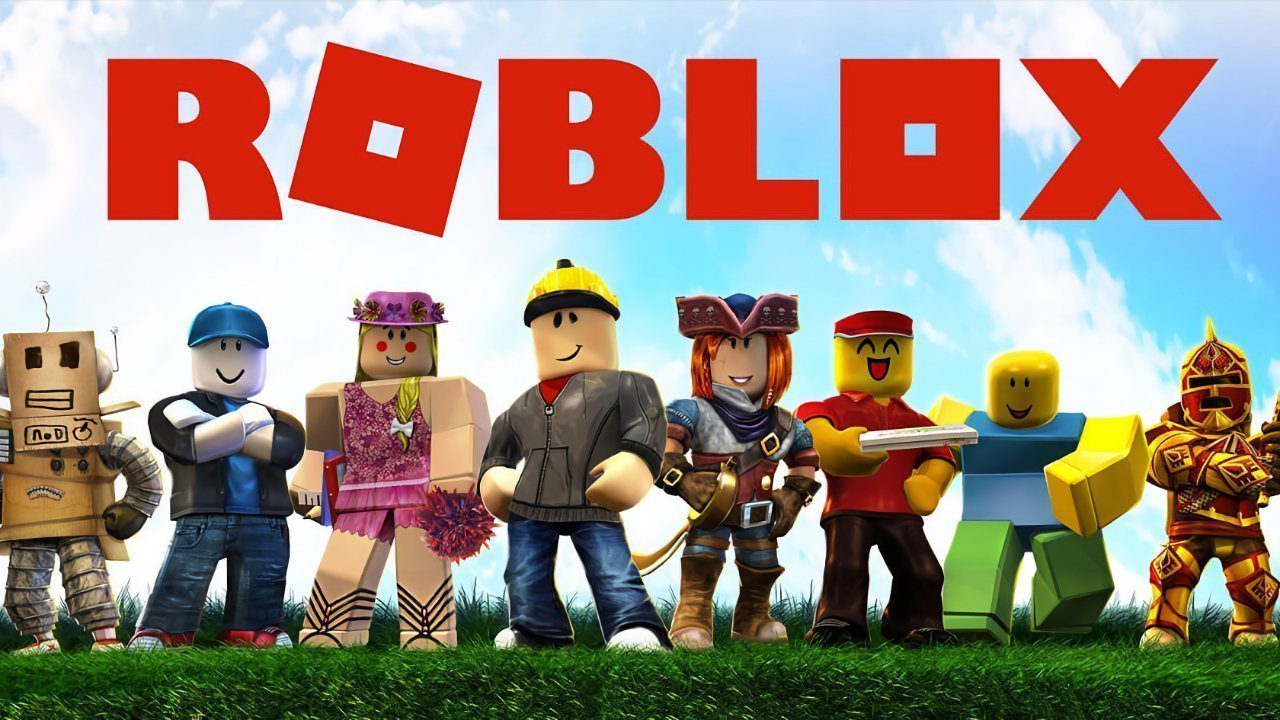Digimon Story: Time Stranger Beginner’s Guide – Essential Tips for New Players
Introduction: Why This Game Deserves Your Attention
Digimon Story: Time Stranger might just be the most ambitious Digimon game ever created, and honestly? It’s a bit overwhelming at first. With dozens of systems to learn, hundreds of Digimon to collect, and evolution paths that branch in every direction, it’s easy to feel lost in the first few hours.
I spent way too much time figuring things out the hard way, so I’m putting together this guide to save you the headache. Whether you’re a longtime Digimon fan or completely new to the franchise, these tips will help you hit the ground running.
Combat Fundamentals: Your First Line of Defense
Let’s start with the basics because combat in Time Stranger has some quirks you won’t find in other Digimon games.
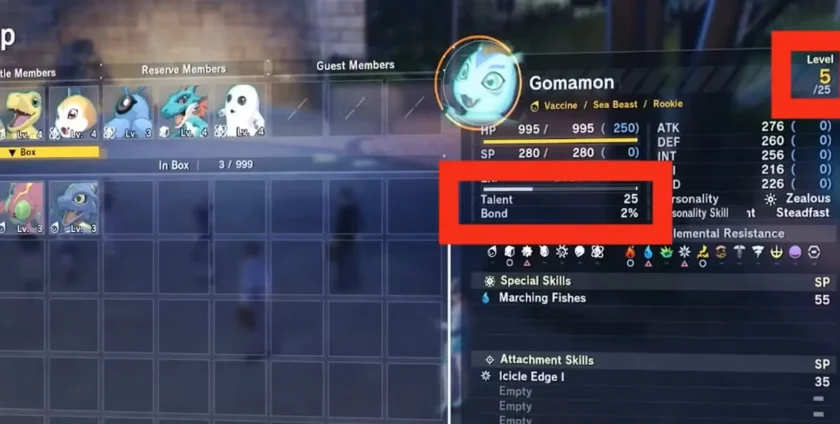
The DigiAttack Advantage
Here’s something the game doesn’t emphasize enough: always initiate combat with DigiAttack (press ‘E’ on PC). This isn’t just about dealing damage—it’s about controlling the entire fight from the start.
When you trigger battles this way, you get:
- First strike advantage
- Massive opening damage
- Sometimes you’ll even KO enemies before the fight properly begins
Think of it like getting a free critical hit before the battle even loads. Beyond combat, DigiAttack also breaks environmental obstacles, opens locked doors, and clears pathways. Get in the habit of using it constantly.
Cross-Arts and Combat Flow
Cross-Arts are essentially your special abilities as the Agent (that’s you). These powerful moves charge up as you fight, consuming CP that builds through regular attacks and skills.
The system rewards aggressive play. Don’t hoard your Cross-Arts for “the perfect moment”—use them regularly to maintain momentum. They recharge faster than you’d think.
Party Management Done Right
You can field up to six Digimon in your active party, and here’s the beautiful part: switching between them mid-combat costs nothing. No turns wasted, no penalties.
This opens up tactical possibilities:
- Swap in Digimon with type advantages against specific enemies
- Rotate injured partners out without consequence
- Use healing items on benched Digimon without burning your turn
One more thing—keep an eye out for Spacebar prompts during attacks. These Quick Time Events trigger bonus damage and can seriously turn the tide of tough battles.
Evolution Strategy: The Patient Approach Pays Off
Evolution is where Time Stranger gets really interesting, and where most beginners make costly mistakes.
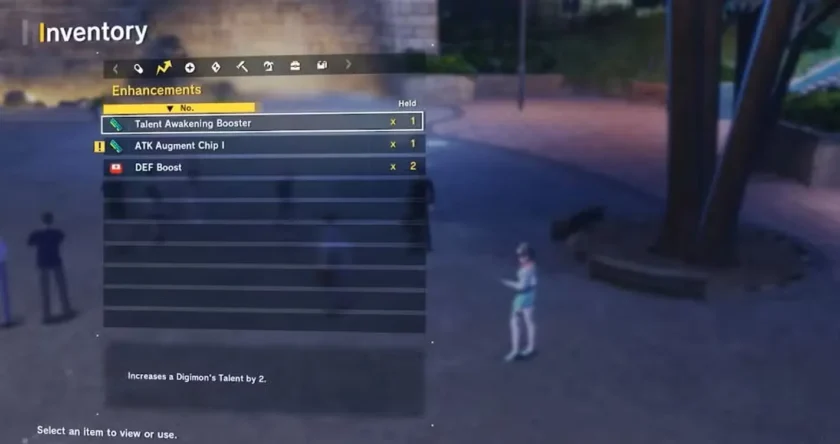
The Level Cap System Explained
Every evolution stage has a level cap. Your Fresh stage Digimon might cap at level 5, while Rookies cap at 25. Once you meet evolution requirements (specific stats, Agent level, or special conditions), you can evolve… but should you?
Here’s the thing: waiting to evolve creates permanently stronger Digimon.
Let’s say your Fresh stage Digimon can evolve at level 3, but the cap is level 5. If you evolve immediately, you’re losing out on two levels worth of stat gains. Those stats carry forward through every future evolution, compounding over time.
My recommendation? Always max out each stage before evolving. Yes, it takes longer. Yes, it feels tedious. But the stat difference by Ultimate and Mega stages is absolutely worth the grind.
Understanding Evolution Requirements
Evolution isn’t automatic in Time Stranger. Each path requires meeting specific conditions:
- Stat thresholds (e.g., 380 SP and 230 INT for Wanyamon → Renamon)
- Agent level requirements (you need to progress the story)
- Special items like Hope, Bravery, or Friendship Digi-Eggs
Here’s where it gets tricky: most Digimon have multiple evolution options at each stage. Wanyamon can become Renamon (if you build SP and INT) or Bearmon (if you focus on ATK). The game alerts you when any evolution becomes available, but it won’t tell you about paths you haven’t unlocked yet.
The De-evolution Safety Net
Made a mistake? No problem. You can reverse evolutions and try different paths. However, there’s a catch: de-evolving temporarily reduces stats, so you’ll need to level up again to meet evolution requirements.
Also worth noting—you can’t de-evolve into forms you haven’t previously discovered. Your Field Guide acts as a checklist for available forms.
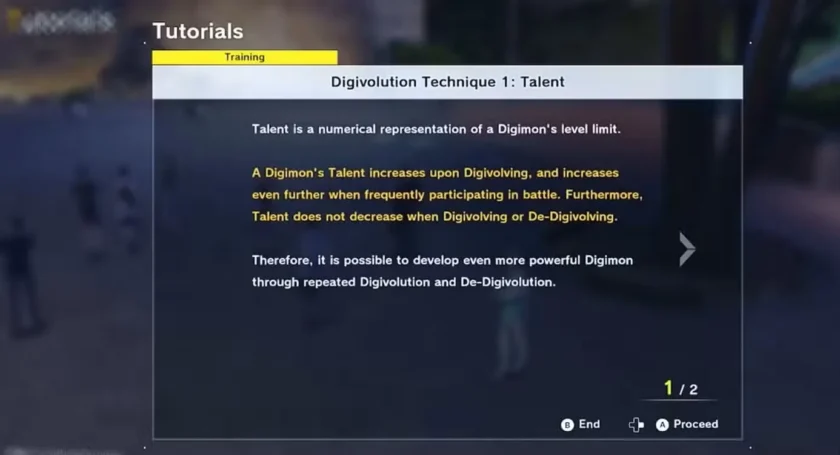
Personality System: The Hidden Power Multiplier
This is one of Time Stranger’s deepest systems, and the game barely explains it.
Four Core Personalities
Every Digimon develops one of four base personalities based on how you interact with them:
- Valor – Combat-focused, aggressive playstyle
- Amicability – Balanced, social approach
- Philanthropy – Supportive, protective nature
- Wisdom – Strategic, intelligent decision-making
Each base personality branches into four variants:
- Valor variants: Brave, Zealous, Daring, Reckless
- Amicability variants: Compassionate, Sociable, Friendly, Opportunistic
- Wisdom variants: Astute, Strategic, Enlightened, Sly
- Philanthropy variants: Adoring, Devoted, Tolerant, Overprotective
Why This Matters
Personalities affect three crucial things:
- Total stat distribution
- Which skills your Digimon learns
- Passive abilities they acquire
Your dialogue choices shape these personalities. There’s no “best” personality, but you should align them with your team strategy. Building a tank? Push toward Philanthropy. Want glass cannon damage dealers? Valor is your friend.
The Data Conversion System (Use It or Lose It)
Here’s a mechanic the game absolutely fails to communicate properly: Data caps at 200% per Digimon species.
How It Works
When you defeat wild Digimon, you collect their Data. At 200%, you can convert that Data into a fresh copy of that Digimon. Sounds simple, right?
The problem: once you hit 200%, all additional Data is completely wasted. The game doesn’t stop you from farming—it just throws away everything beyond the cap.
What You Should Do
Follow this workflow:
- Convert Data regularly – Don’t let it hit 200% and sit there
- Use excess Digimon for Load Enhancement – Access your Digivice menu (X on PC), select a target Digimon, then sacrifice your extras for stat boosts
- Return unwanted Digimon to Data – This converts them into money for shopping
Think of it as a resource pipeline. Farm Data → Convert to Digimon → Enhance your core team or sell for cash. Nothing goes to waste this way.
This system also means you should farm Data proactively. See a Digimon you might want later? Grab 200% Data now, convert it, and bank it. You can always enhance with them later.
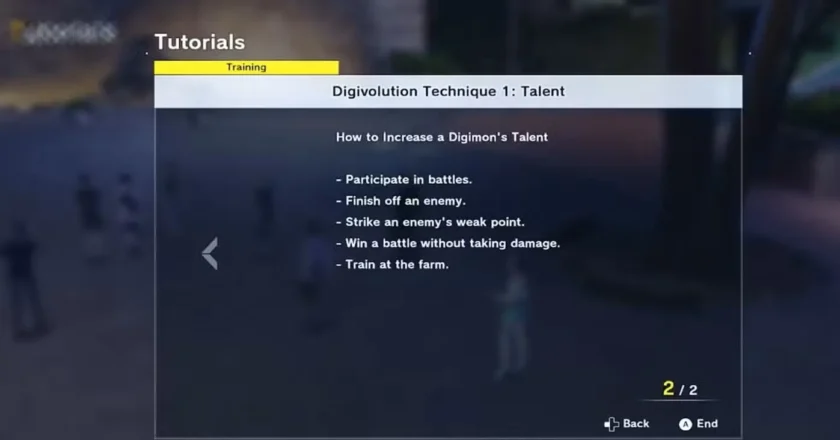
Exploration Tips: Leave No Stone Unturned
The Digital World is packed with hidden rewards, but you need to know where to look.
Master the Analyze Function
Press ‘Q’ (on PC) to activate Analyze mode. This reveals:
- Collectible materials (they respawn when you leave and return)
- Hidden chests (one-time pickups)
- Breakable walls and obstacles
- Environmental puzzles
Materials respawn infinitely, making them excellent farming targets. Chest locations are permanent, but the loot quality varies—sometimes you’ll find basic items, sometimes you’ll score rare Chips that dramatically boost Digimon abilities.
Digimon Respawning
Wild Digimon repopulate every time you transition between areas. This makes grinding painless—clear an area, move to the next zone, come back, and everything’s respawned.
Pro tip: Once you find a good farming spot with high-value Digimon, bookmark it mentally. You’ll be returning often.
Save Scumming Is Your Friend
Let’s be real: save scumming isn’t cheating in a single-player RPG—it’s smart resource management.
When to Save
Create manual saves before:
- Evolving important Digimon (in case you regret the evolution choice)
- Major boss battles (to experiment with different team compositions)
- Using rare items (to avoid wasting limited resources)
Time Stranger has no time limits or missable content tied to deadlines. The game actively encourages experimentation, so don’t feel bad about reloading saves to try different approaches.
The Leisure Factor
This is crucial to understand: Time Stranger is designed for patient, methodical play. Bandai Namco built this as the most complex Digimon game to date, with systems that reward careful planning over rushed completion.
Take your time. Experiment with evolution paths. Build multiple teams. The game respects your investment.
Final Thoughts: Embrace the Complexity
Digimon Story: Time Stranger can feel like drinking from a fire hose at first, but that complexity is what makes it special. No other Digimon game offers this level of depth in team building, evolution planning, and strategic combat.
My biggest piece of advice? Don’t stress about making “perfect” choices early on. The de-evolution system and flexible team building mean mistakes aren’t permanent. Experiment, learn the systems at your own pace, and most importantly—have fun exploring the Digital World.
Now get out there and start building your dream team. The Digital World isn’t going to save itself.
Quick Reference Checklist:
✓ Always initiate fights with DigiAttack (E key)
✓ Max out levels before evolving for better stats
✓ Convert Data at 200% to avoid waste
✓ Use Analyze (Q key) constantly while exploring
✓ Save before important evolutions and battles
✓ Pay attention to Spacebar prompts in combat
✓ Switch Digimon freely—it costs nothing
✓ Farm materials in areas you’ve cleared
✓ Shape personalities through dialogue choices
✓ Enhance spare Digimon into your main team

